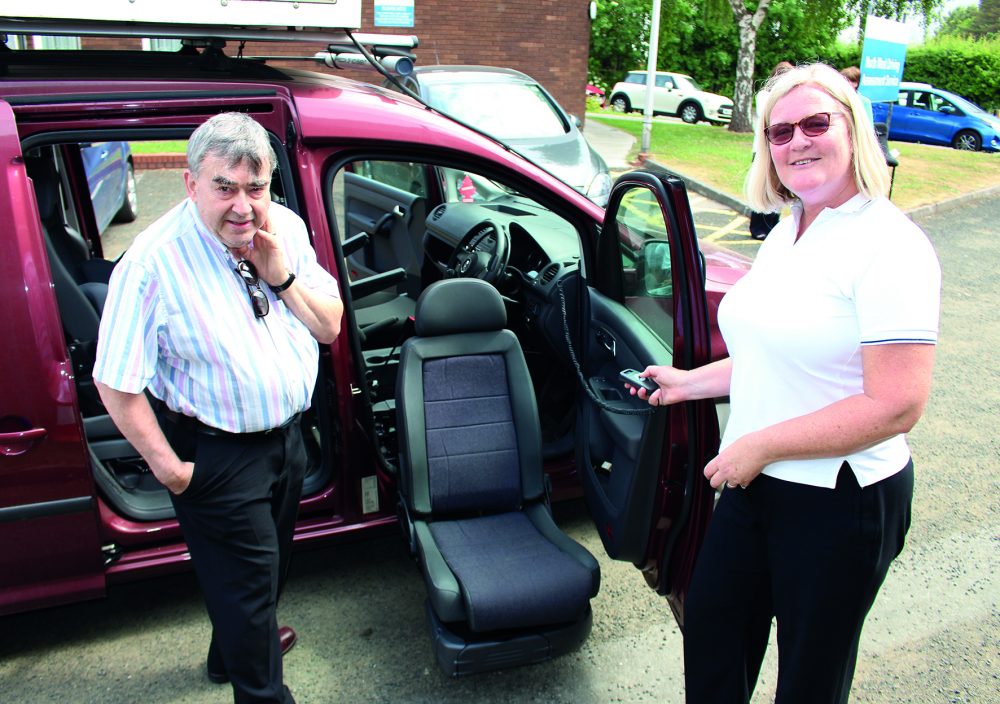
Parkinson’s is a medical condition affecting parts of the brain. Therefore this condition can present in a variety of different ways such as:
- Uncontrolled movements such as shaking
- Slower movements
- Stiffness of movement
- Reduced movement
- Shuffling when walking
- Postural and balance changes
Medication and exercise is vitally important in controlling the symptoms of Parkinson’s and having regular reviews with your GP or specialist will help with managing your condition. Well controlled symptoms should allow you to continue driving safely. However, some people may continue to have difficulty with their movements which may affect the ability to drive safely.
Driving with Parkinson’s
A Driving Assessment at a Mobility Centre can offer help and advice on driving with this condition. Some common difficulties people experience are:
- Difficulty turning their neck or back to look around the vehicle
- Shaking of head, hands or legs interfering with driving smoothly and easily
- Difficulty moving feet quickly between foot pedals
- Struggling to coordinate gear changes, handbrake and steering
- General fatigue
Driving in the Future
Parkinson’s Disease is a progressive condition meaning that symptoms usually become worse over time. Some people also develop changes to their thinking skills such as difficulty with memory, language and concentration. Preparing for the future involves considering alternative ways of driving, which your Mobility Centre can help with, but also trying different methods of transportation such as public transport and charity or volunteer support in the community. There may be a time when your condition means you will have to stop driving. A Driving Assessment can help with making the decision to stop driving at an appropriate time.
Please contact your nearest Mobility Centre for more information or advice or to arrange an assessment.
